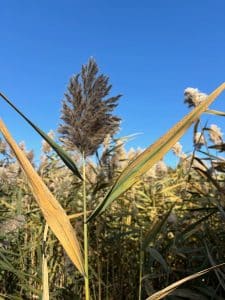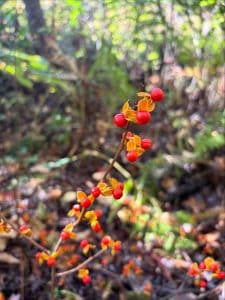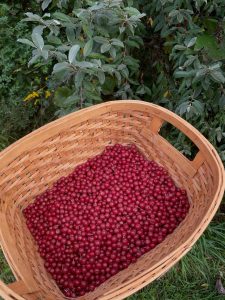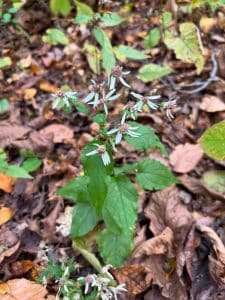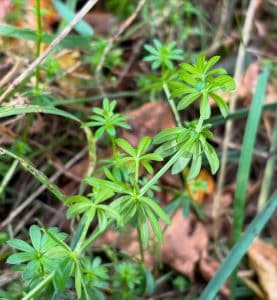Page Created by Connecticut Foraging Club
Upcoming Events | Meet the Instructors | Plant Archive | Mushroom Archive
----------------
Upcoming Events | Meet the Instructors | Plant Archive | Mushroom Archive
----------------
Black walnut (Juglans nigra) is a native tree that produces edible nuts September-October. They are closely related to cultivated walnuts (Juglans regia).
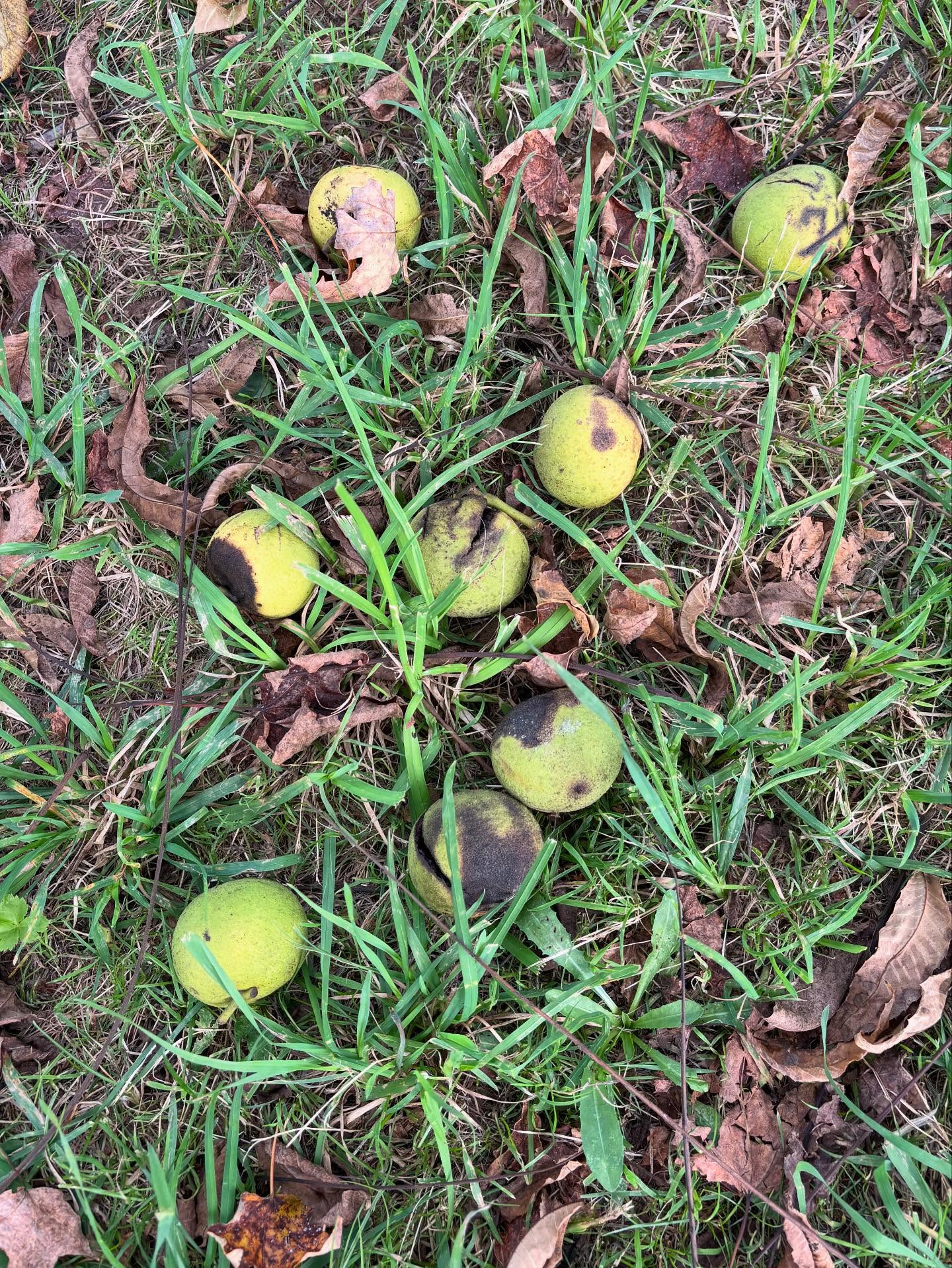
They are commonly found in forest edges and along rivers. Trees receiving more sun will produce more nuts.
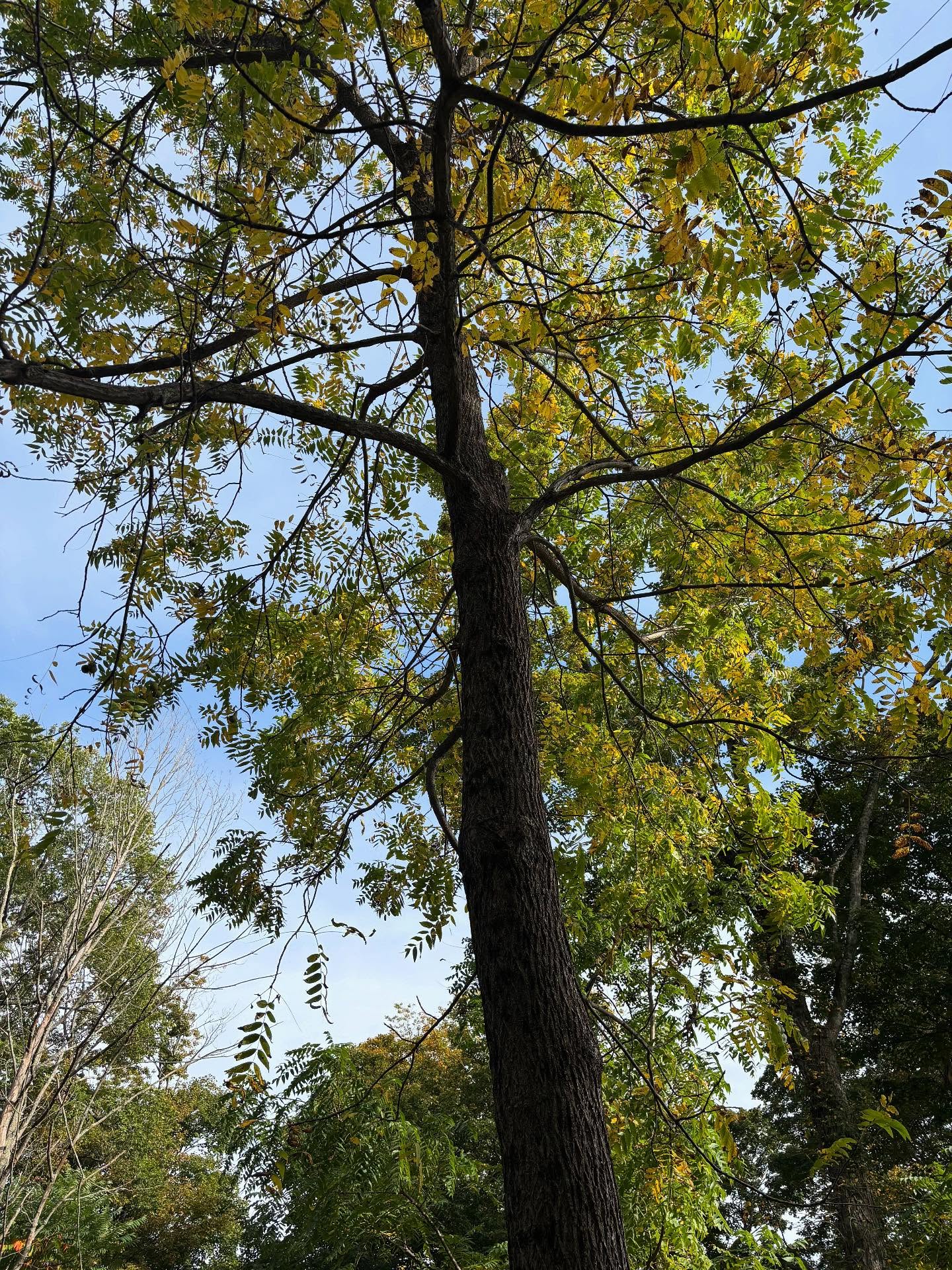
Black walnuts can be identified by their alternate compound leaves which are made up of 15-23 leaflets. Leaves have a distinct pungent scent when crushed. The tree produces green, tennis-ball sized nut husks in the fall.
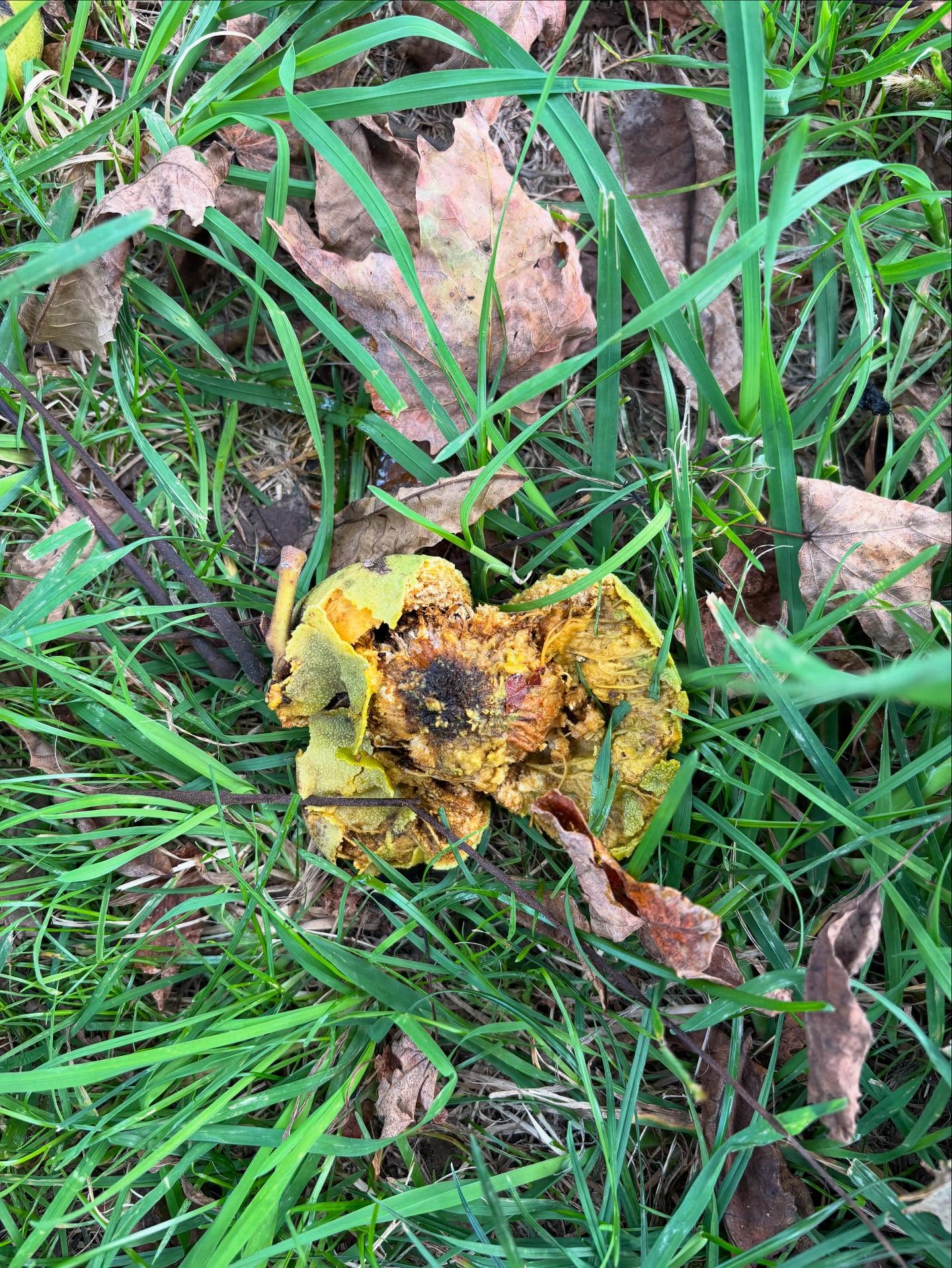
Nuts can be collected from the ground or collected from the tree once they start to discolor. Stomp the hull off the nut and then wash the nuts. Place nuts in a bowl of water and discard any that float. Nuts should then be dried for 2-3 weeks. Nuts will then last in their shell for a few years at room temperature.
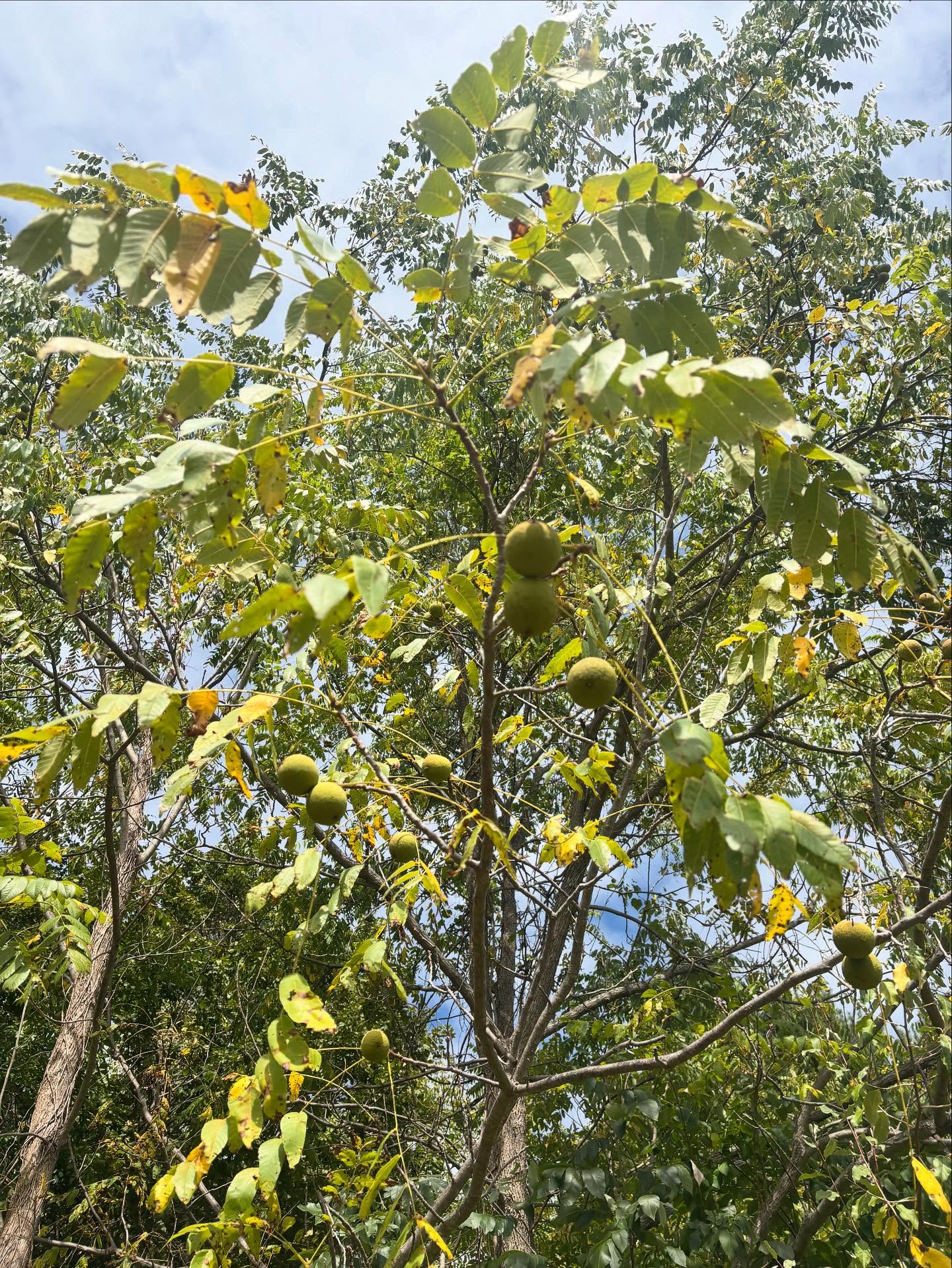
Black walnuts taste similar to cultivated walnuts, but with a more earthy flavor and a hint of bitterness. They can be turned into oil, sprinkled on ice cream, or added to salads.
--
Written by Amy Demers, founder of the Connecticut Foraging Club. To learn more about foraging in Connecticut, check out our upcoming classes.


